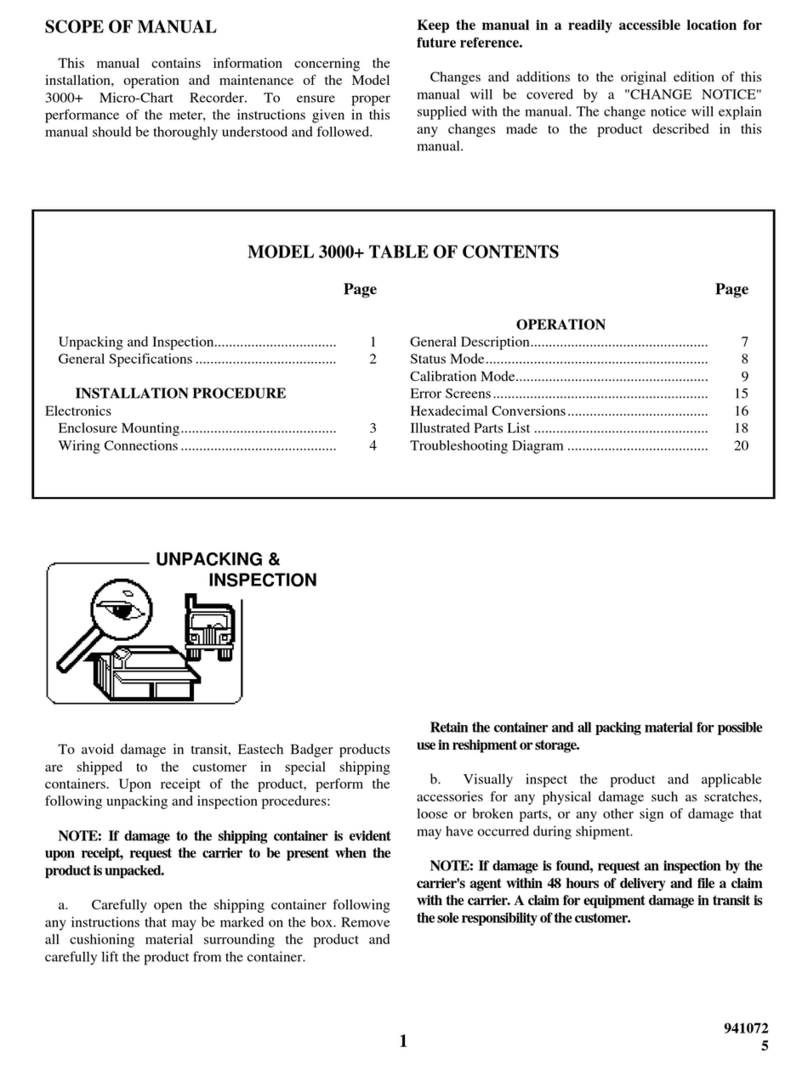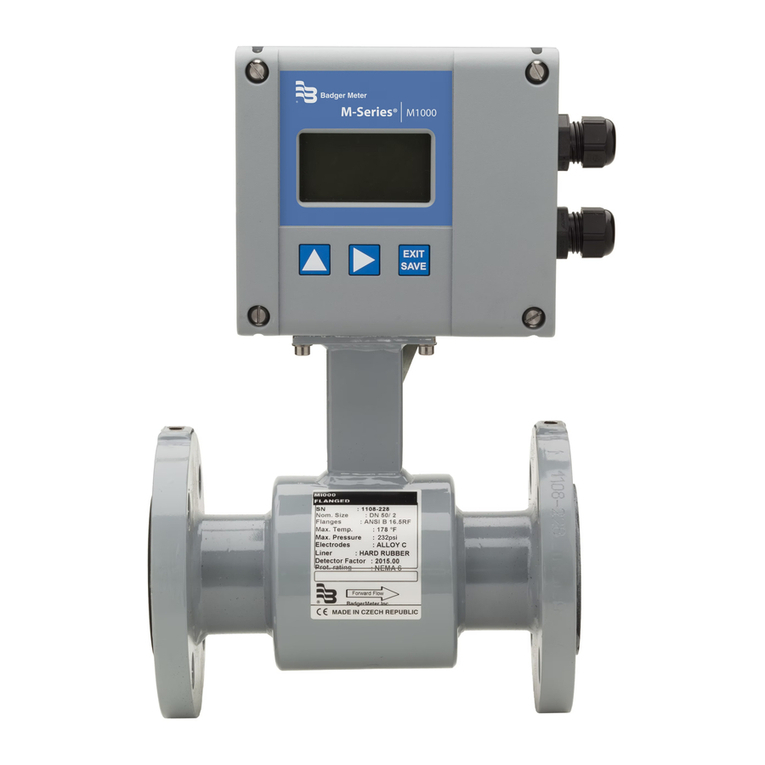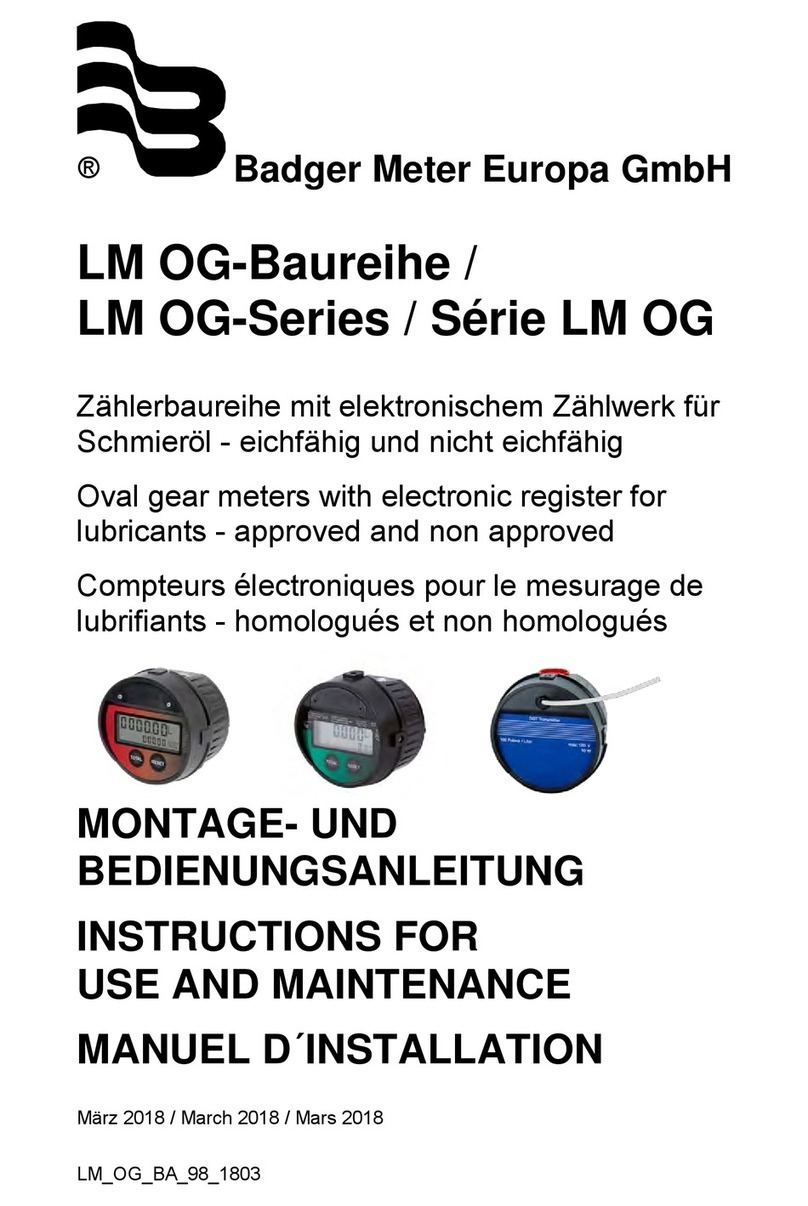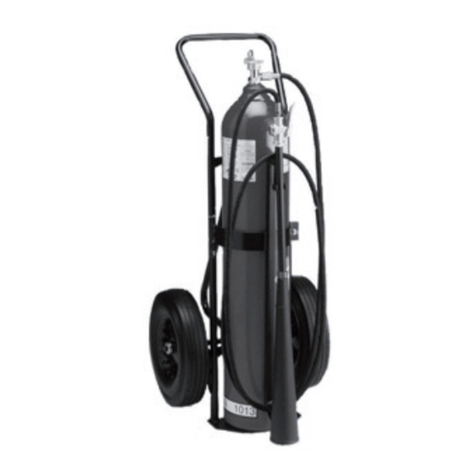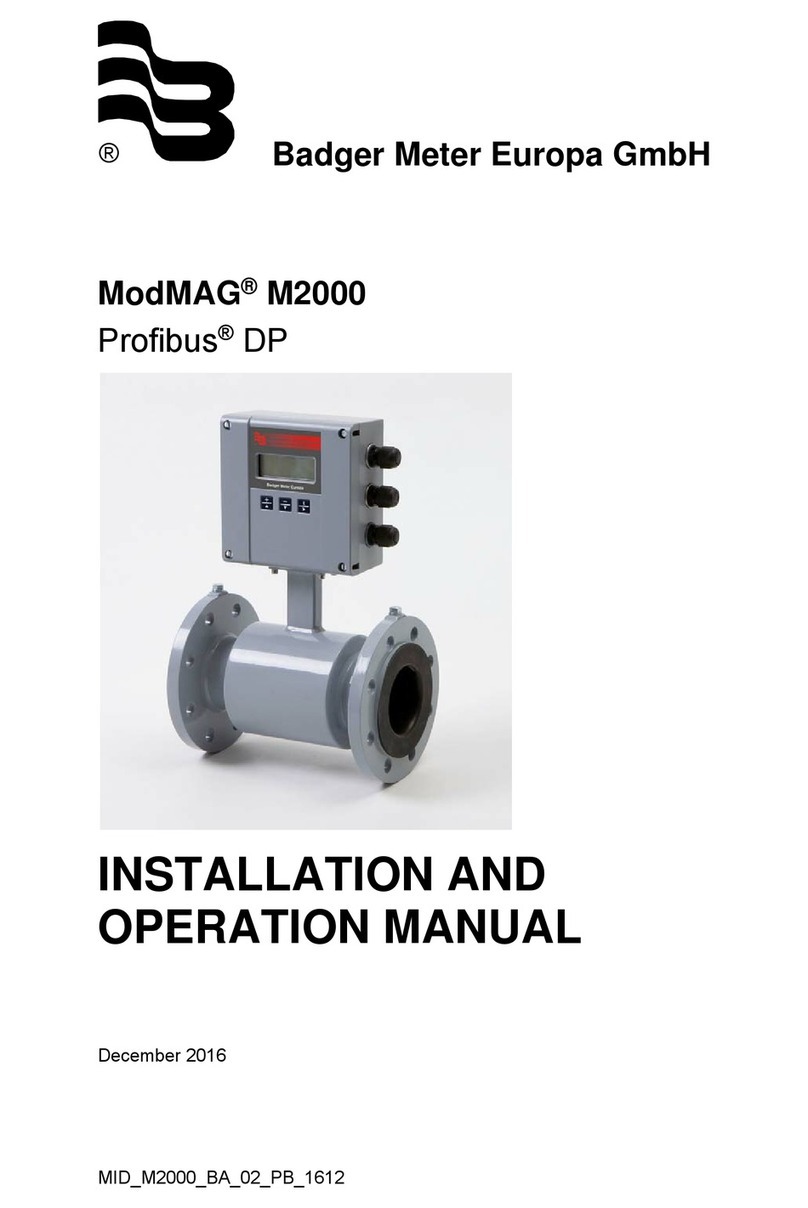
MATERIAL SELECTION
1. Press either Power switch to turn on the unit.
2. Press SELECT. The display shows the code cdxx or xxxx. The cd is an abbreviation for code and xx is a number between
01…11 corresponding to a particular pipe material. xxxx is a four-digit user-dened material sound velocity.
3. Press or to select the correct pipe material code then. Press SELECT to conrm. The display shows 0. If you select a
material code but do not conrm the selection, the code automatically changes to 0after several seconds. The meter saves
the material code before exiting.
OTE:NIf you press while displaying cd11 or cd01, the last user-defined sound velocity displays.
OTE:NYou do not have to select the material code once the code is stored to memory unless you need a new
material choice.
4. To browse the material code choices, press SELECT and then use or to scroll through the list. To stop browsing and
make a material selection, press SELECT again. The code changes back to 0and returns you to the measurement mode.
Code Material Code Material Code Material
cd01 Steel cd05 Brass cd09 PVC
cd02 Cast Iron cd06 Zinc cd10 Gray Cast Iron
cd03 Aluminum cd07 Quartz Glass cd11 Nodular Cast Iron
cd04 Red Copper cd08 Polyethylene xxxx Manual Sound Velocity
Table 1: Material codes
CALIBRATION
1. Place a small amount of couplant on the calibration stage.
2. Press CAL. The CAL indicator appears on the display.
3. Press the face of the transducer to the calibration stage. The coupling icon appears if the connection between the
transducer and the calibration stage is established. 0.197 inch or 5.0 mm and CAL alternate on the display. When the
alternation stops, press CAL to conrm. The unit automatically returns to measurement mode.
OTE:NThe unit saves the calibration result automatically once confirmed. It is unnecessary to calibrate often unless the
accuracy of measurement is suspect.
MEASURING PROCEDURE
1. Press either Power switch to turn on the unit.
2. Press Inch
mm to select the desired measurement unit.
3. Select the correct pipe material code. See Table 1.
4. Place a bead of couplant on the pipe surface.
5. Press the transducer onto the pipe surface to make a measurement. The display shows the wall thickness value.
6. Verify that coupling is established and the coupling icon is on (see Figure 1).
OTE:NThe reading is held until a new measurement is made or until the power automatically turns off.
OTE:NTo turn o the power, press either of the power switches or wait until the power automatically turns o after a period
of inactivity.
Material Selection
TTM-UM-00434-EN-04Page 2 April 2017












